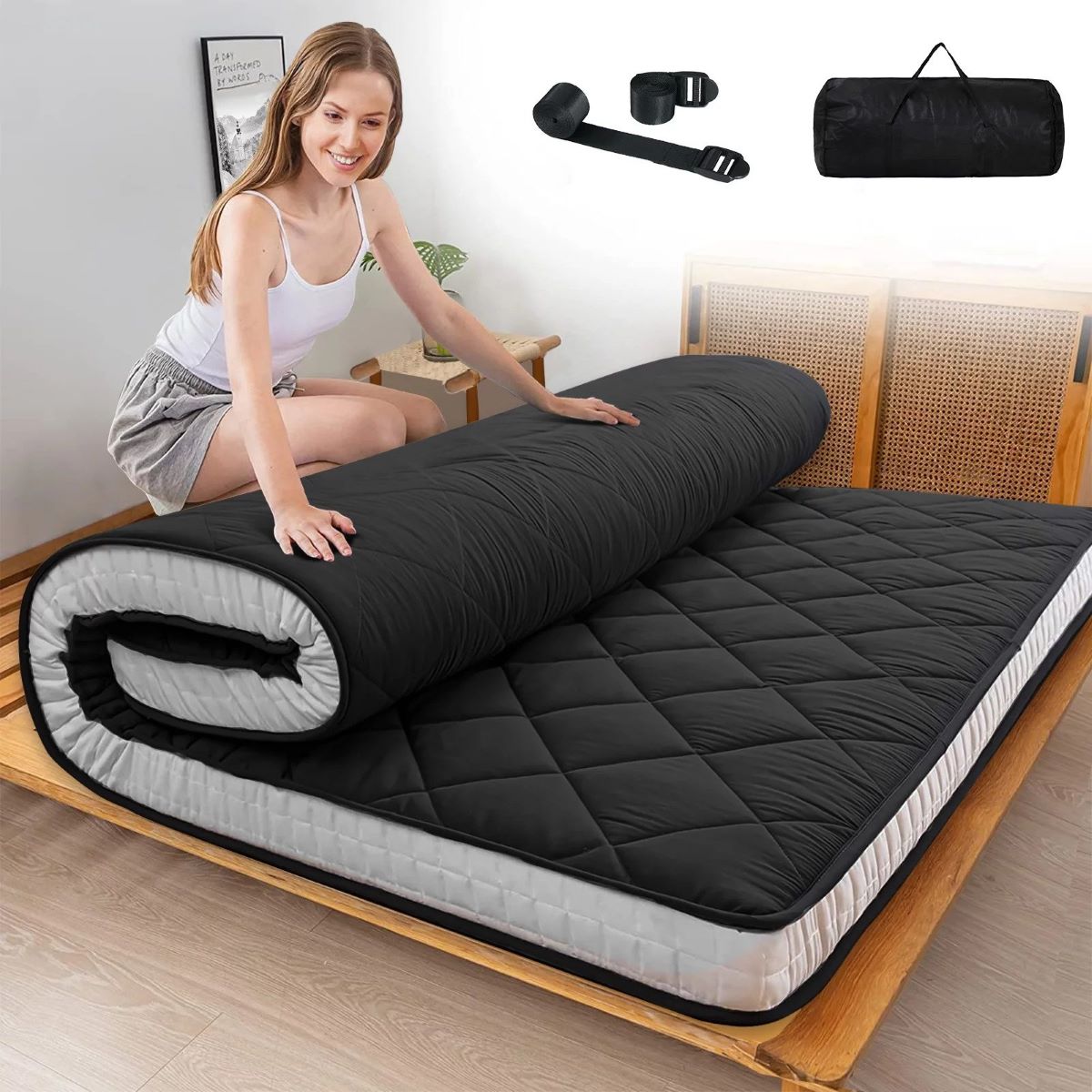

Articles
How To Store Sleeping Pad
Modified: January 19, 2024
Discover the best ways to store your sleeping pad with these helpful articles. Keep your gear in top condition for your next adventure.
(Many of the links in this article redirect to a specific reviewed product. Your purchase of these products through affiliate links helps to generate commission for Storables.com, at no extra cost. Learn more)
Introduction
Storing your sleeping pad properly is essential for maintaining its quality and prolonging its lifespan. Whether you use a sleeping pad for camping trips, hiking adventures, or just for additional comfort during sleepovers, taking proper care of it will ensure that it remains in excellent condition for years to come. In this article, we will guide you through the steps to properly store your sleeping pad and share some valuable tips to keep it in optimal shape.
By following these guidelines, you can prevent damage, mold, and deformation, which can occur if the sleeping pad is not stored correctly. Taking a few simple precautions will save you from having to replace your sleeping pad prematurely and will ensure that it continues to provide the comfort and support you need on your outdoor and indoor adventures alike.
So, let’s dive in and explore the steps to properly store your sleeping pad!
Key Takeaways:
- Properly storing your sleeping pad by cleaning, drying, and choosing the right storage bag or container ensures its longevity and comfort for future outdoor adventures and indoor sleepovers.
- Regularly checking for damages, avoiding heavy objects on top, and storing in a dry, cool place are crucial steps to maintain the quality and performance of your sleeping pad.
Read more: How To Store A Sleeping Pad
Step 1: Clean and Dry the Sleeping Pad
The first step in properly storing your sleeping pad is to ensure that it is clean and thoroughly dry. Before packing it away, check for any dirt, debris, or stains on the surface. Use a gentle cleanser and a soft brush to clean the sleeping pad, following the manufacturer’s instructions.
Once the sleeping pad is clean, the next crucial step is to allow it to dry completely. Moisture can lead to the growth of mold and mildew, which can damage the sleeping pad and create an unpleasant odor. Hang the sleeping pad or place it on a flat, clean surface in a well-ventilated area. Ensure that it is exposed to air and sunlight to facilitate faster drying.
If you are in a hurry to store the sleeping pad, you can use a towel or cloth to absorb any excess moisture. However, it is best to let it air dry naturally to ensure that it is completely dry before moving on to the next step.
Remember, proper cleaning and drying of the sleeping pad not only contribute to its longevity but also ensure a hygienic and comfortable sleeping experience every time you use it.
Step 2: Fold or Roll the Sleeping Pad
Once your sleeping pad is clean and dry, it’s time to fold or roll it for storage. The method you choose will depend on the type and design of your sleeping pad, as well as your personal preference.
If your sleeping pad is a self-inflating or inflatable model, it is best to roll it up. Start by deflating the pad completely by releasing the air valve. Then, fold it in half lengthwise and begin rolling from one end towards the other, excluding any excess air. Make sure to roll it tightly to minimize its overall size.
If your sleeping pad is a foam model, folding it is the preferred method. Begin by folding it in half lengthwise, aligning the edges as best as you can. Then, continue to fold it in thirds or quarters, depending on the size of the pad. Folding it in this manner will help to prevent creases and ensure a compact storage size.
Ensure that the sleeping pad is folded or rolled tight enough so that it fits properly in the storage bag or container without taking up too much space.
Remember, when folding or rolling your sleeping pad, be careful not to put excessive pressure on the valves or seams. This can cause damage to the pad, compromising its performance and lifespan.
Step 3: Choose the Right Storage Bag or Container
Choosing the right storage bag or container for your sleeping pad is crucial to ensure its protection and longevity during storage. The ideal storage solution will keep the pad safe from dust, dirt, moisture, and any potential damage.
If your sleeping pad came with a storage bag, it is typically designed to fit it perfectly. Using the original storage bag is a convenient and practical option as it provides a proper fit and protection. If you no longer have the original bag or it is worn out, there are several other suitable options available.
When selecting a storage bag or container, make sure it is clean, dry, and made from a durable material that provides adequate protection. Look for options made from nylon, polyester, or other similar materials that are resistant to tearing and moisture.
Consider choosing a bag or container that is slightly larger than your folded or rolled sleeping pad. This will allow for easier placement without forcing the pad into a tight space, which could potentially damage it.
Additional features to look for in a storage bag include a zippered closure or drawstring closure to keep the pad secure and protected. Some bags may also have straps or handles for convenient carrying and transportation.
If you opt for a container instead of a bag, ensure that it has a tight-fitting lid to keep out dust, dirt, and moisture. Plastic storage bins or duffel bags with a waterproof coating are excellent options for storing sleeping pads.
Remember, choosing the right storage bag or container is an important step in safeguarding your sleeping pad and ensuring its longevity. Take the time to find a suitable option that provides adequate protection and ease of storage.
When storing a sleeping pad, make sure it is clean and dry before rolling it up. Store it in a cool, dry place away from direct sunlight and sharp objects to prevent damage.
Step 4: Store in a Dry and Cool Place
After folding or rolling your sleeping pad and placing it in the appropriate storage bag or container, it’s time to find an optimal storage location. The key is to choose a dry and cool place that will help preserve the integrity and quality of your sleeping pad.
Moisture is one of the main culprits that can cause damage to sleeping pads, leading to mold, mildew, and an unpleasant odor. Therefore, it is essential to avoid storing your sleeping pad in areas prone to excess humidity or dampness. This includes basements, garages, or areas near water sources, such as bathrooms or laundry rooms.
Find a storage location that is dry and well-ventilated to prevent the buildup of moisture. Ideally, the area should also be cool and away from direct sunlight. Exposure to heat and sunlight for prolonged periods can cause the materials of the sleeping pad to deteriorate, leading to reduced performance and lifespan.
If you have a closet or storage area indoors that fits the bill, it can be an excellent choice for storing your sleeping pad. Ensure that the area is clean and free from any potential hazards that could damage the pad, such as sharp objects or chemicals.
For those with limited indoor storage options, consider using a storage unit or a dedicated outdoor storage shed. Look for units with climate control features to regulate temperature and humidity levels.
Remember to avoid storing your sleeping pad directly on the floor or on concrete surfaces, as they can transmit moisture and cold temperatures. Use a shelf or a raised platform to keep the pad off the ground and provide additional protection.
By storing your sleeping pad in a dry and cool place, you will minimize the risk of damage and ensure that it remains in optimal condition for future use.
Read more: How To Store Self Inflating Sleeping Pad
Step 5: Avoid Putting Heavy Objects on Top
When storing your sleeping pad, it’s important to avoid placing heavy objects on top of it. Heavy items can cause unnecessary pressure and compression, which can deform or damage the sleeping pad.
Consider the weight and stability of the items you plan to store alongside your sleeping pad. Avoid stacking boxes or placing heavy equipment on top of the pad, as this can result in indentations or even tears in the material.
If you are using a storage bag or container, try to position it in a way that prevents heavier items from pressing down directly on the sleeping pad. You can place lightweight items on top of the bag or container to distribute the weight more evenly.
In addition, be mindful of where you store your sleeping pad within the storage space. If you are using shelves or racks, ensure that they can support the weight of the sleeping pad and any additional items you place on or around it.
By avoiding the placement of heavy objects on top of your sleeping pad, you can maintain its shape, cushioning, and overall performance. This precaution will help preserve the comfort and longevity of your sleeping pad for future adventures.
Step 6: Regularly Check for Damages and Maintenance
To ensure the longevity of your sleeping pad, it is important to regularly inspect it for any damages or signs of wear and tear. By identifying and addressing potential issues early on, you can prevent further damage and extend the lifespan of your sleeping pad.
Start by examining the surface of the sleeping pad for any cuts, punctures, or abrasions. Check the seams, valves, and any attachment points for any signs of stress or damage. If you notice any issues, it is essential to repair them promptly to avoid larger problems.
If your sleeping pad is inflatable or self-inflating, carefully inspect the valves for any leaks or deformities. Inflate the pad and listen for any hissing sounds, indicating air leakage. Use soapy water to locate leaks by applying it to the valve area and observing if bubbles form.
Follow the manufacturer’s instructions for repairing any damages. Many sleeping pads come with patches or repair kits specifically designed for this purpose. Clean the surface around the damaged area, apply the patch or adhesive, and allow it to dry completely before using the sleeping pad again.
In addition to checking for damages, it is important to perform regular maintenance on your sleeping pad. This may include cleaning it periodically to remove dirt, debris, or stains. Refer to the manufacturer’s instructions for recommended cleaning methods and products.
Furthermore, if your sleeping pad is self-inflating or inflatable, it is a good practice to periodically inflate and deflate it to help maintain its shape and ensure that the valves are functioning properly.
By regularly checking for damages and performing necessary maintenance, you can proactively address any issues and extend the lifespan of your sleeping pad. This will not only save you money in the long run but also ensure that you can enjoy comfortable and restful nights wherever your adventures take you.
Conclusion
Properly storing your sleeping pad is essential for maintaining its quality, comfort, and longevity. By following the steps outlined in this article, you can ensure that your sleeping pad remains in excellent condition for many outdoor adventures and indoor sleepovers to come.
Cleaning and drying the sleeping pad before storage helps prevent mold, mildew, and odors. Folding or rolling the pad with care minimizes the risk of damage and allows for easy storage. Choosing the right storage bag or container provides adequate protection against dust, dirt, and moisture.
Storing the sleeping pad in a dry and cool place, away from direct sunlight, ensures its integrity over time. Avoid placing heavy objects on top of the pad to prevent deformation or damage. Regularly checking for damages and performing maintenance helps identify issues early on and extends the life of the sleeping pad.
Remember, a well-maintained sleeping pad not only provides a comfortable and restful sleep but also saves you from the hassle and expense of frequent replacements.
So, take the time to store your sleeping pad properly, and enjoy the benefits of a clean, dry, and well-preserved sleeping surface on your next outdoor adventure or indoor sleepover!
Frequently Asked Questions about How To Store Sleeping Pad
Was this page helpful?
At Storables.com, we guarantee accurate and reliable information. Our content, validated by Expert Board Contributors, is crafted following stringent Editorial Policies. We're committed to providing you with well-researched, expert-backed insights for all your informational needs.
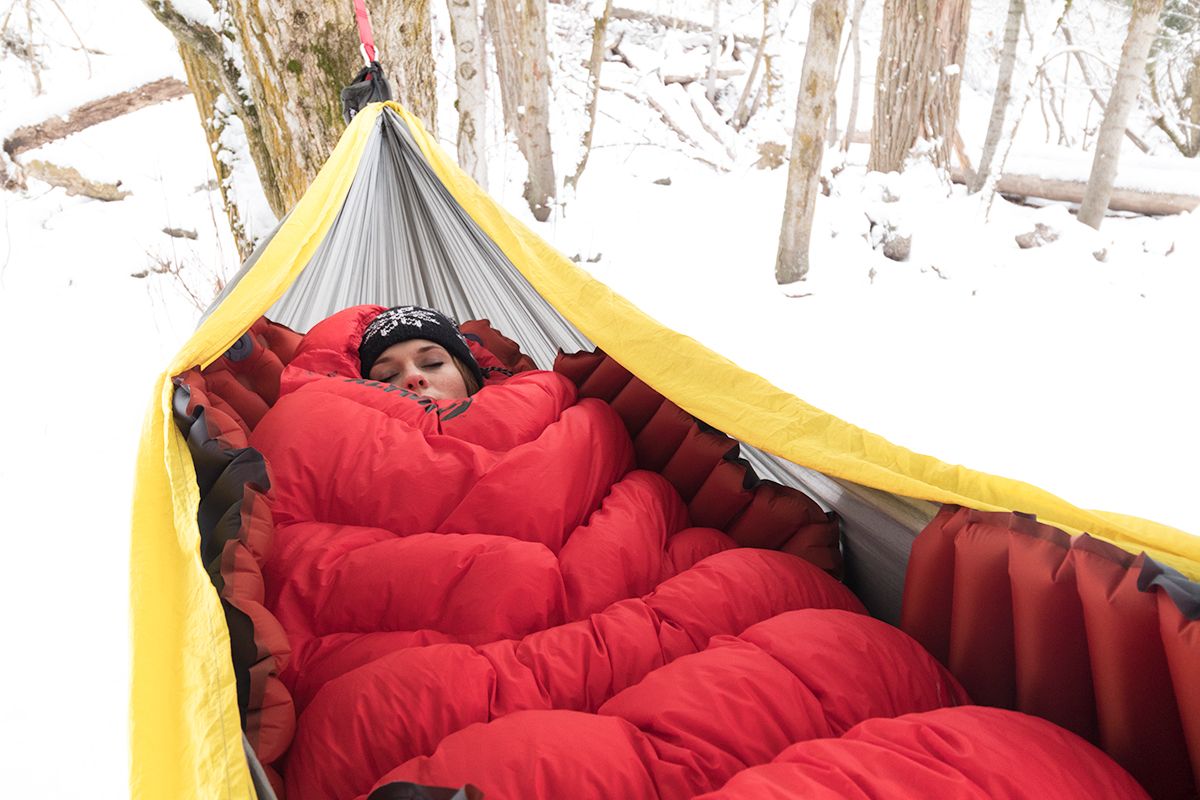
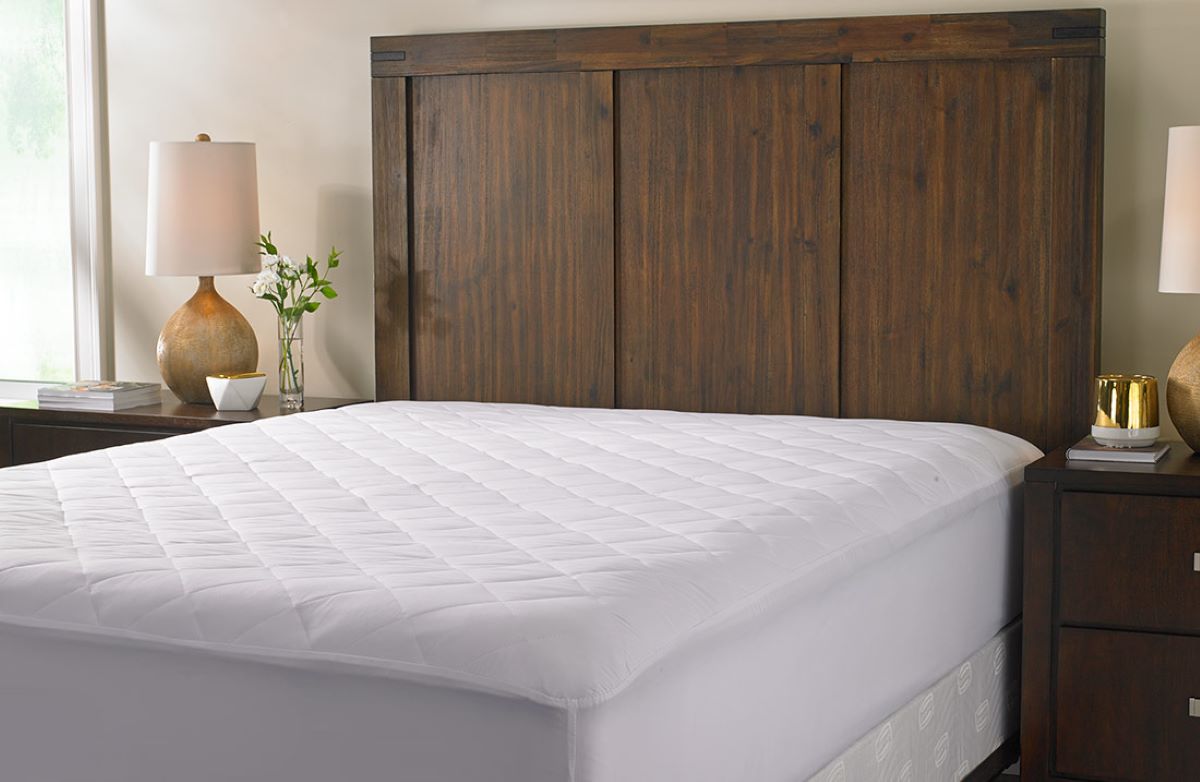
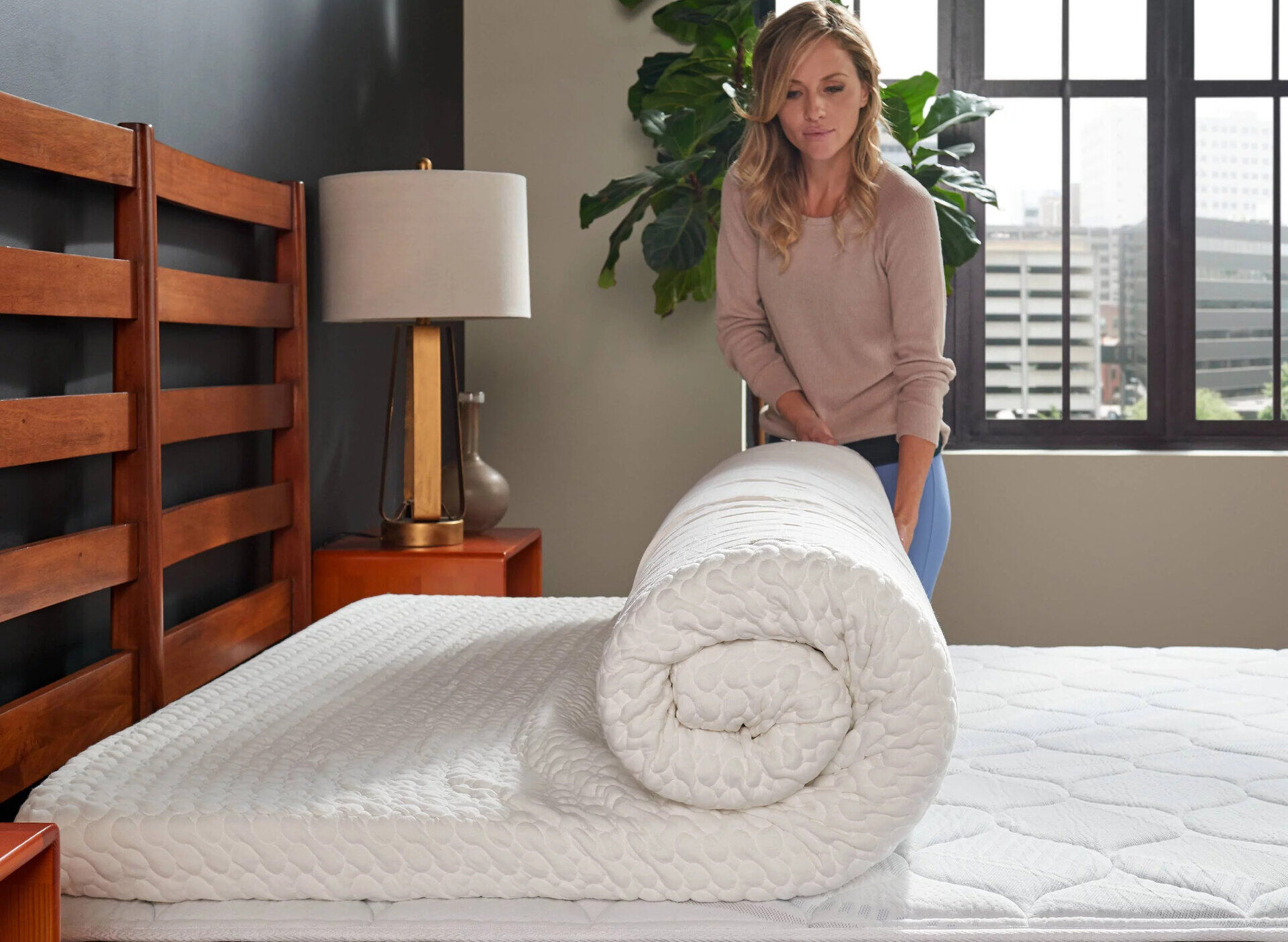
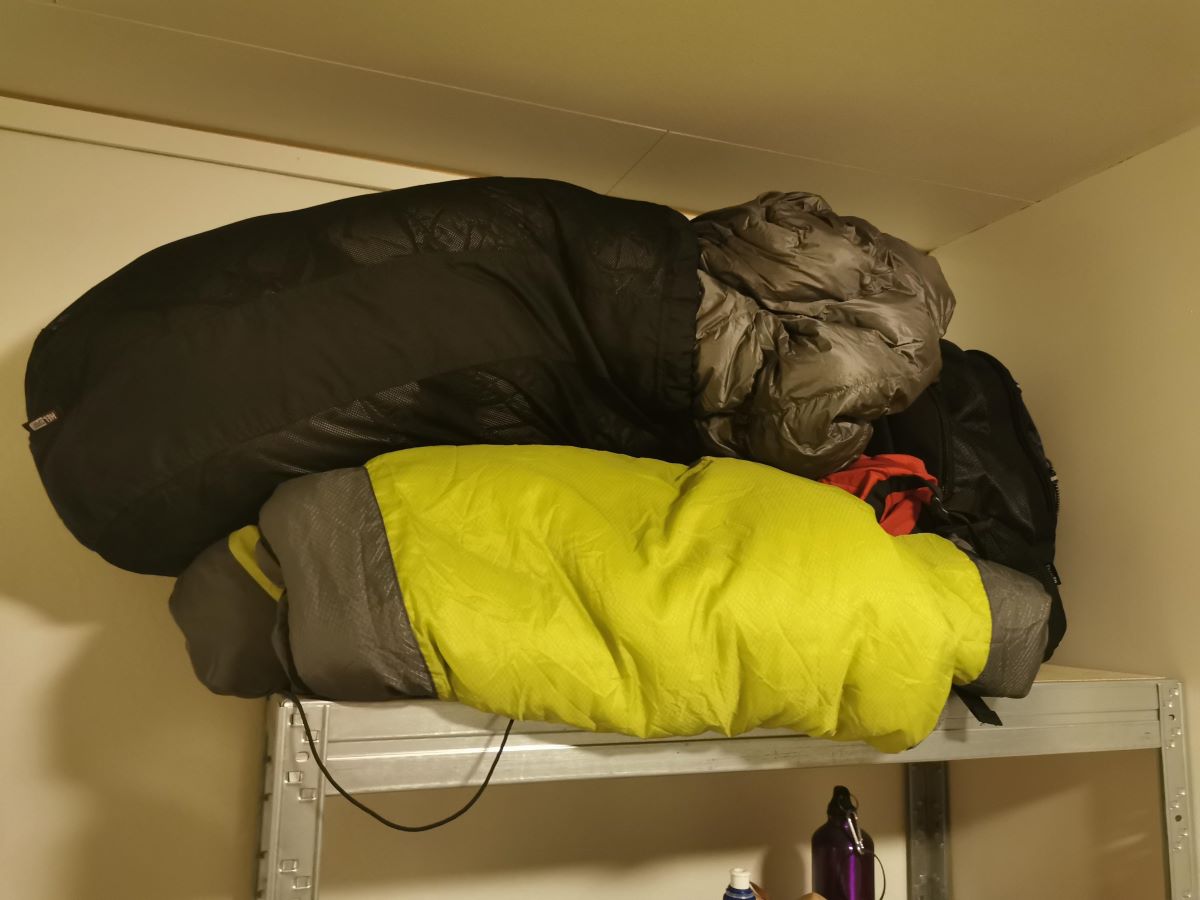
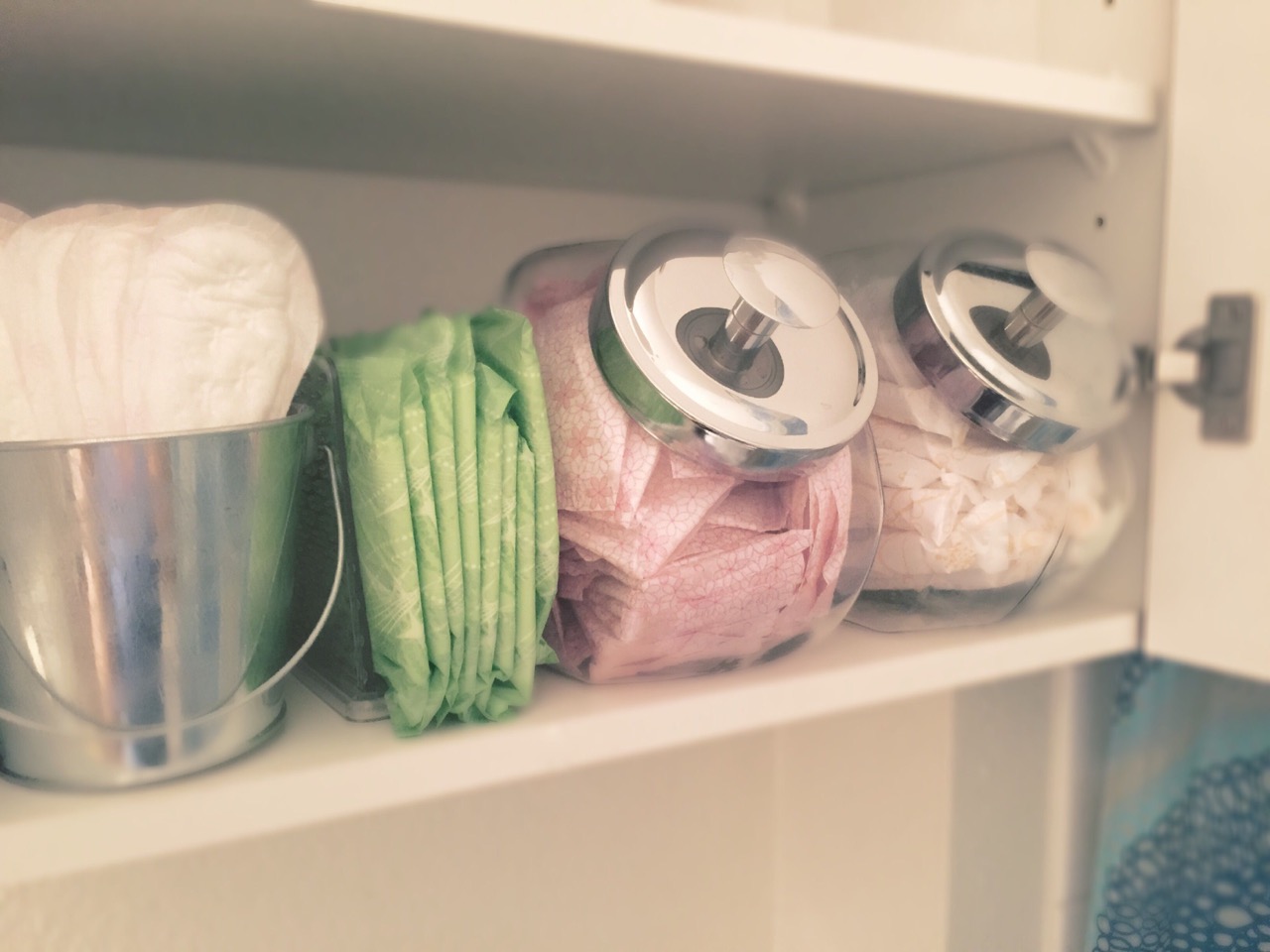
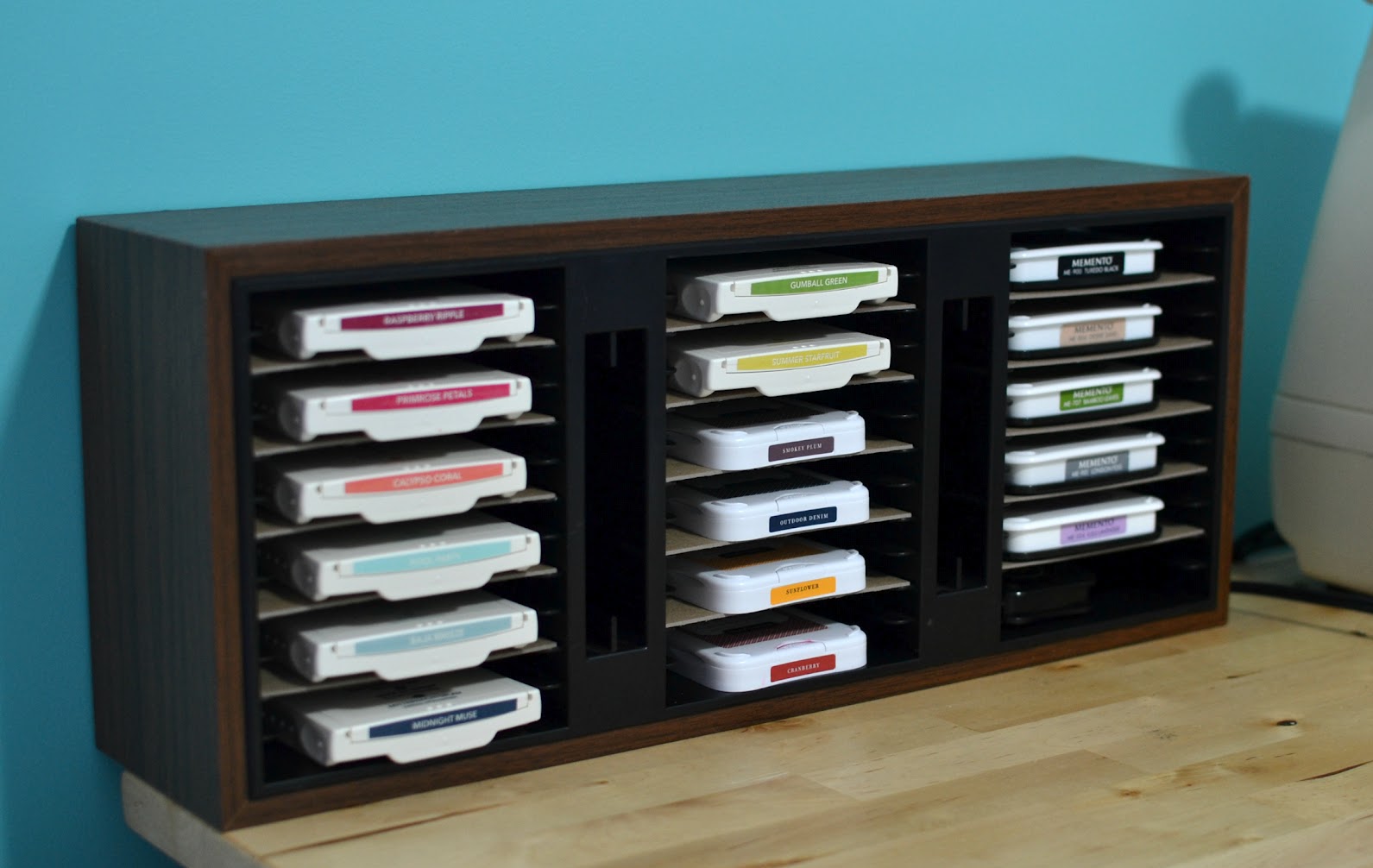
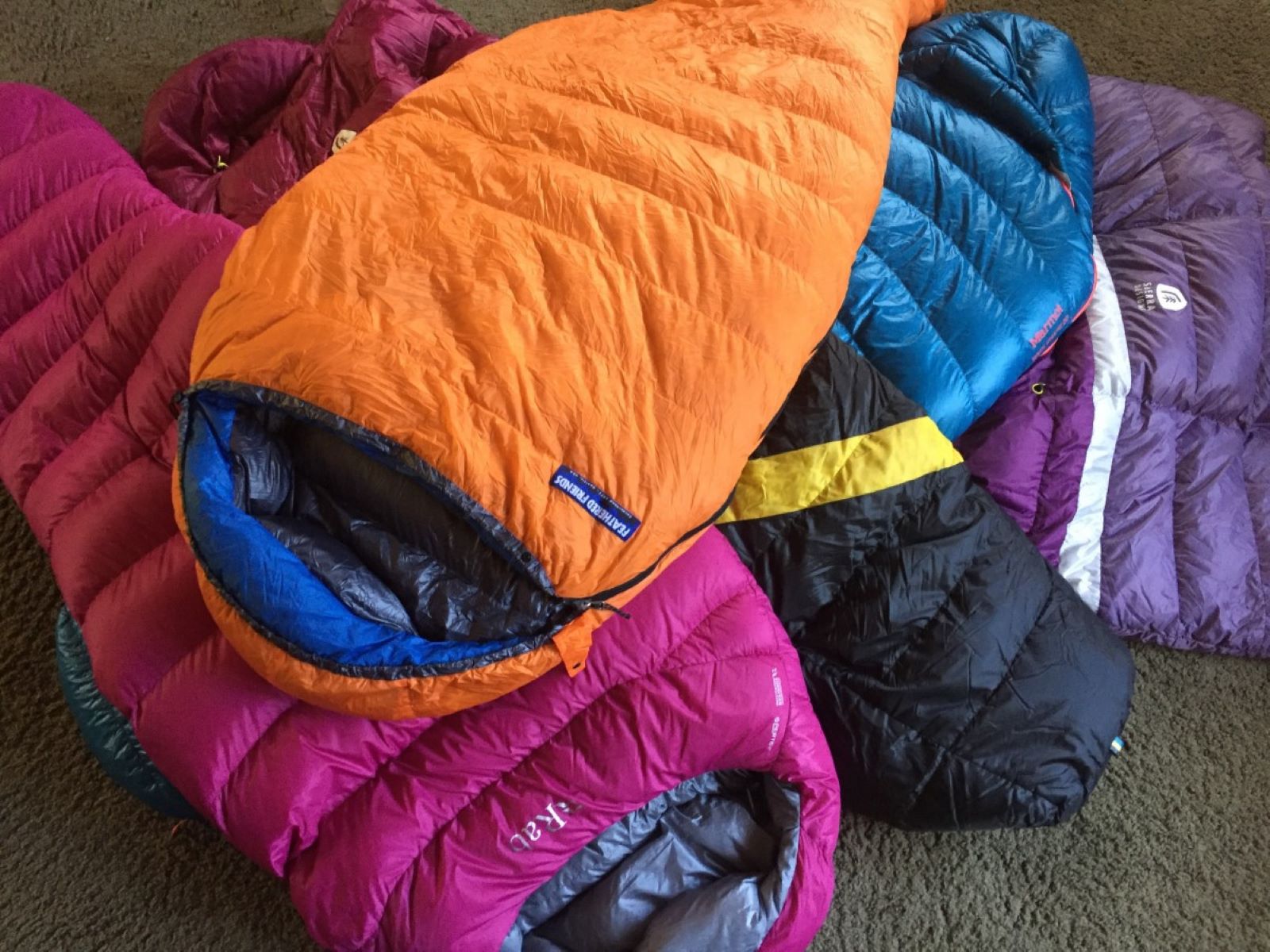
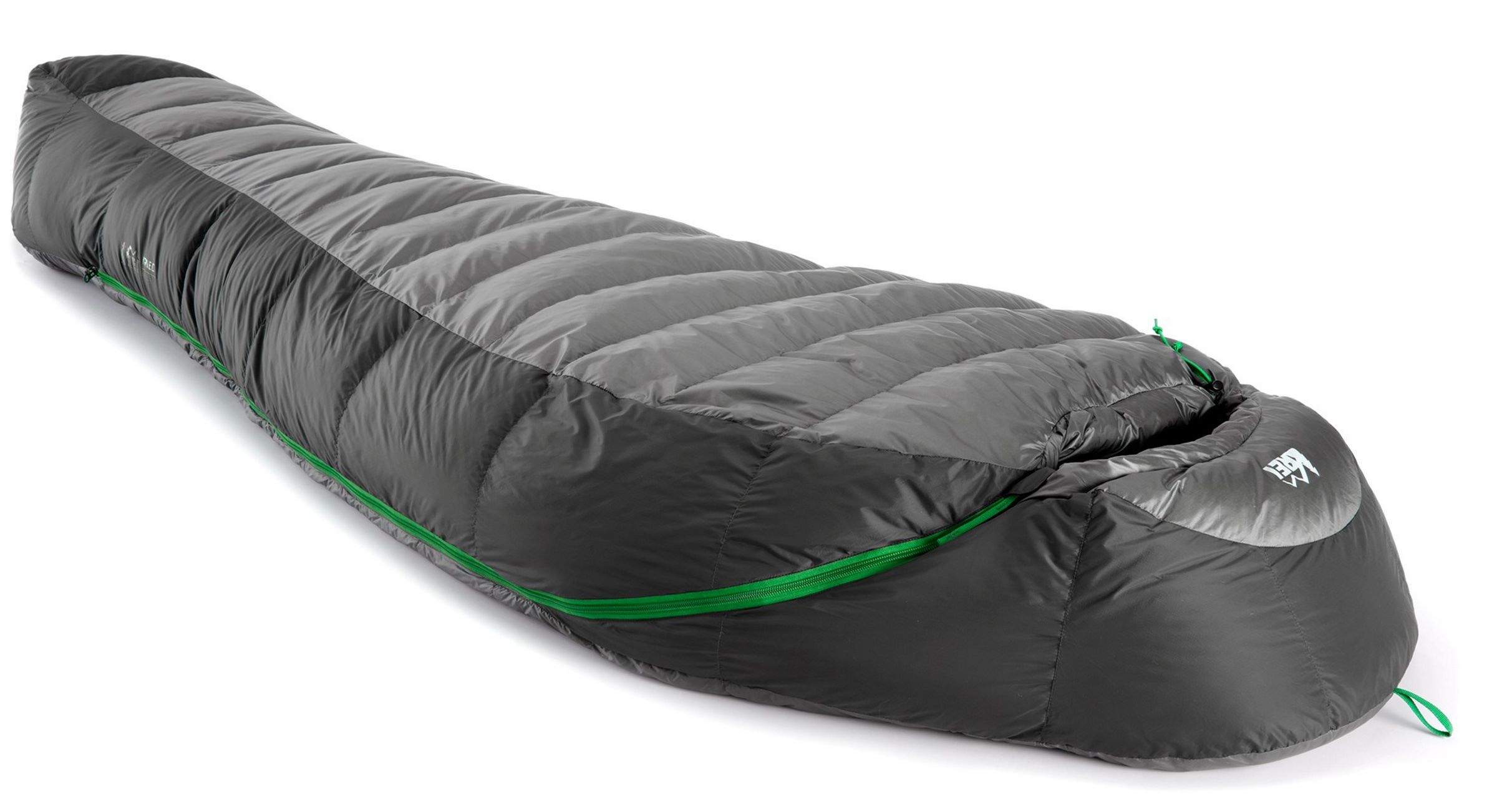
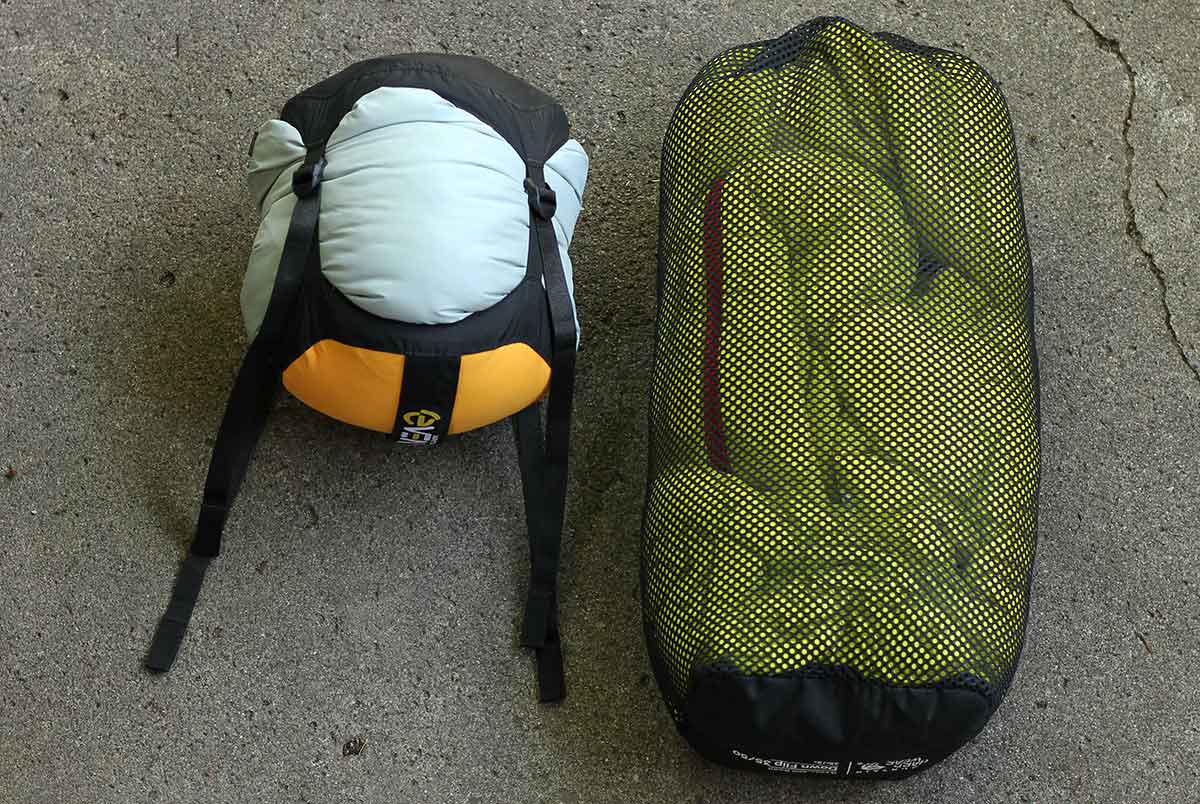
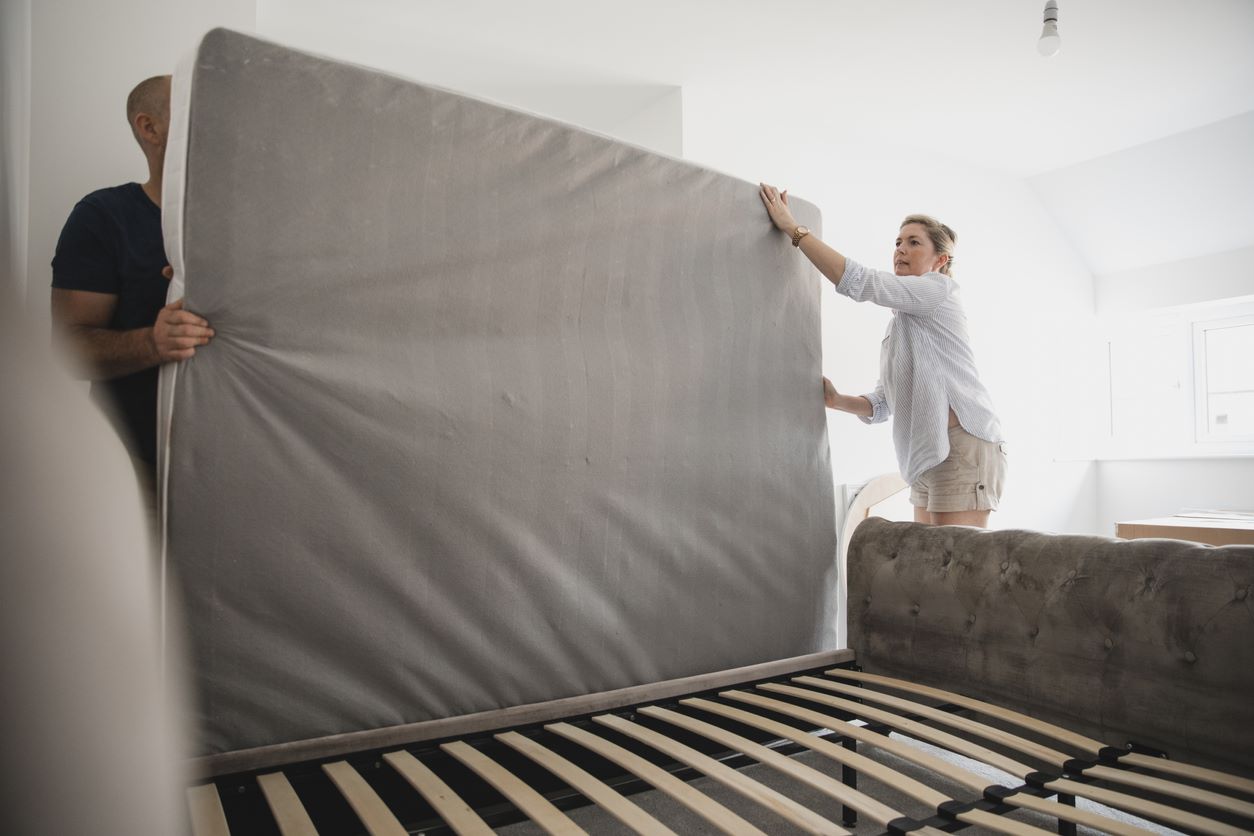
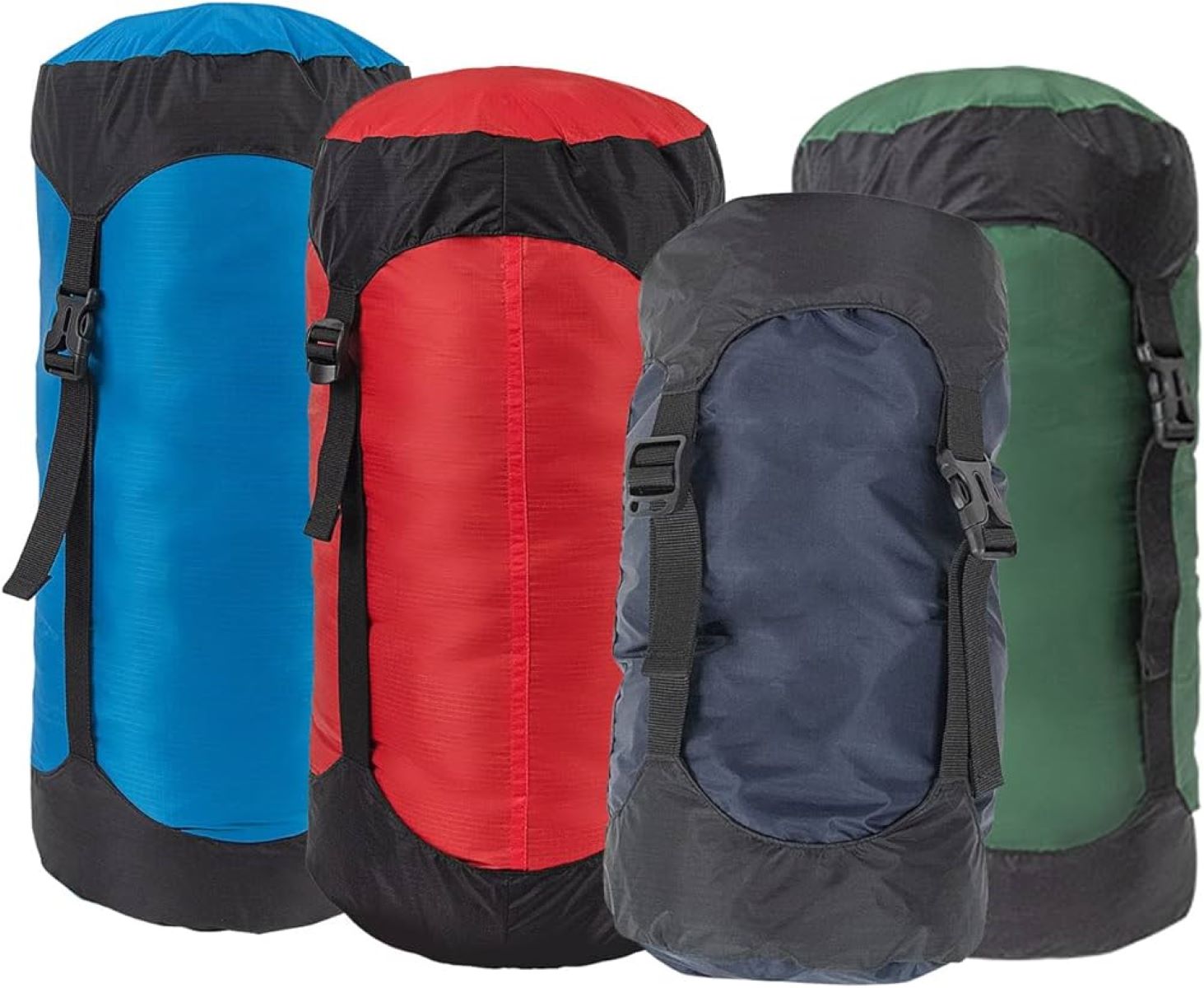
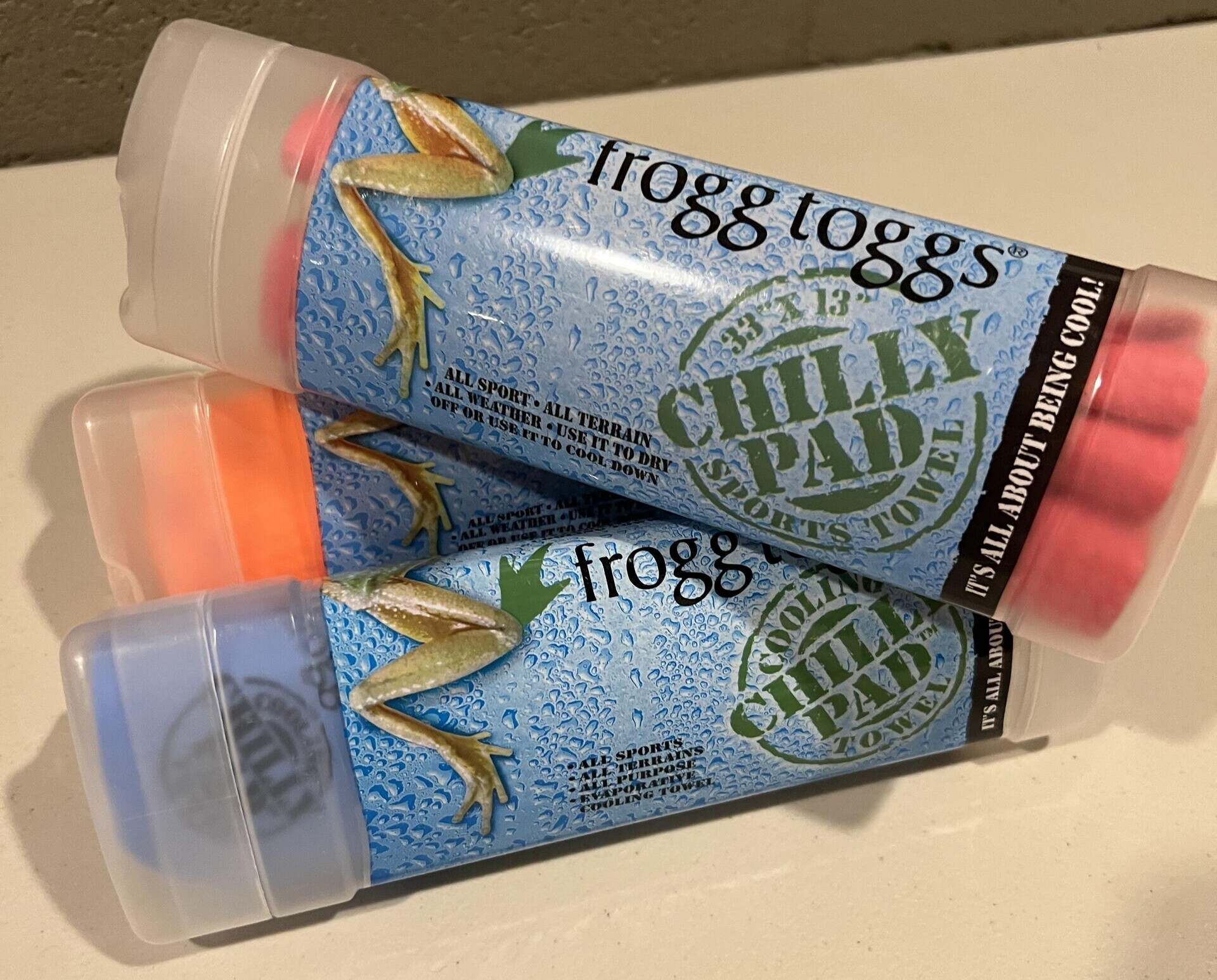

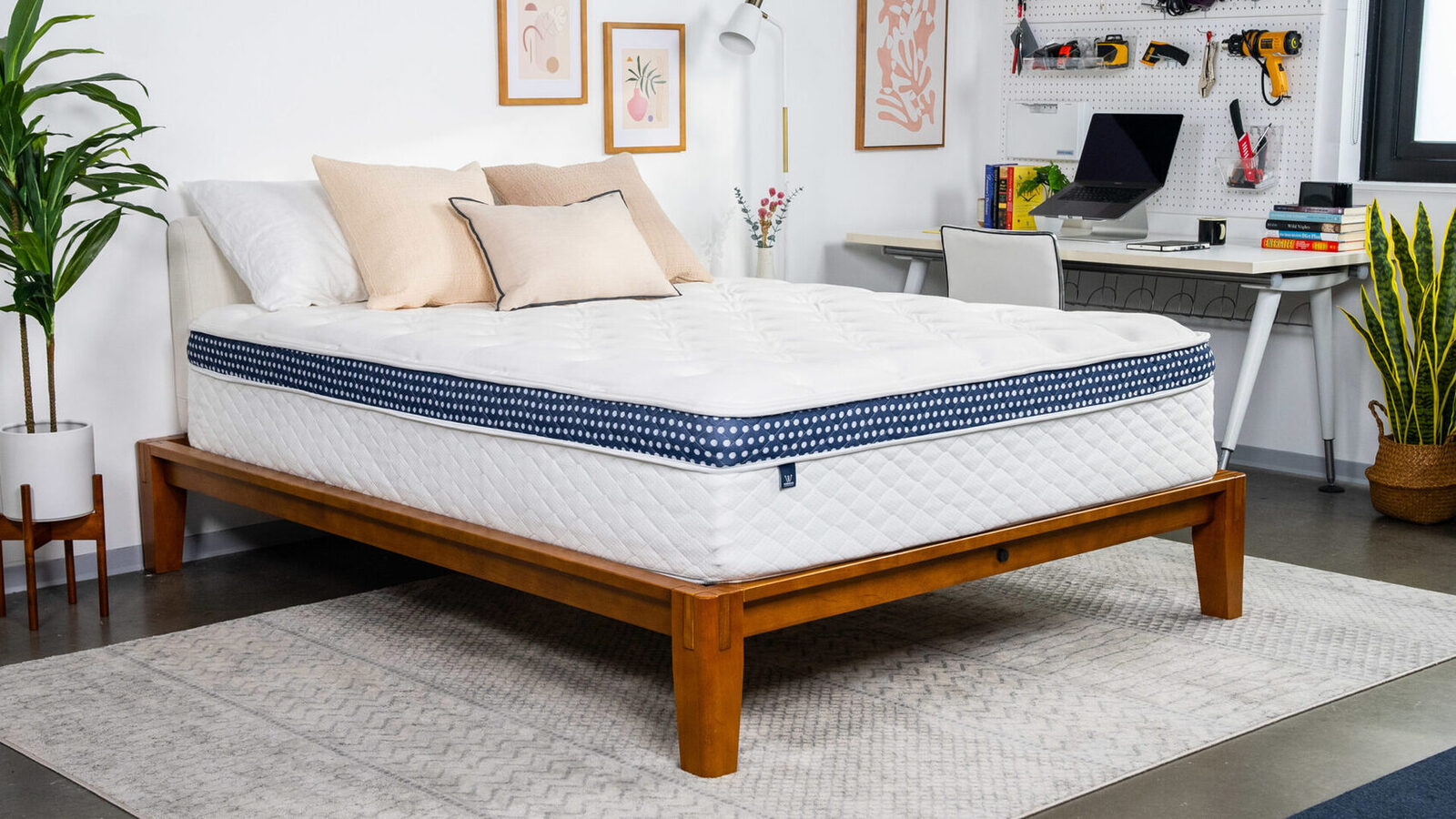

0 thoughts on “How To Store Sleeping Pad”